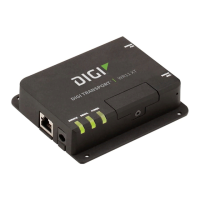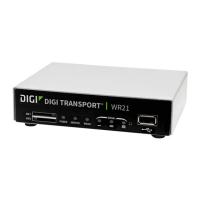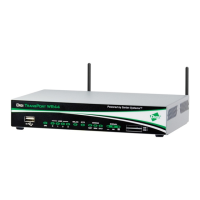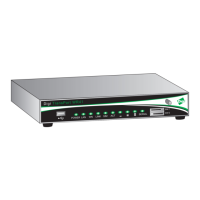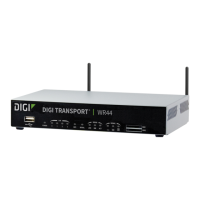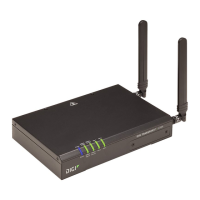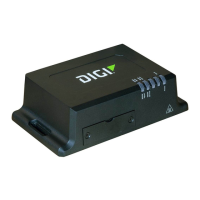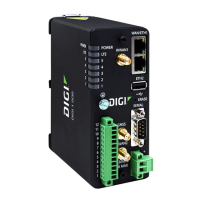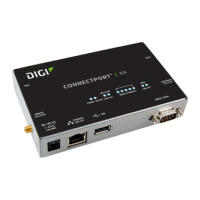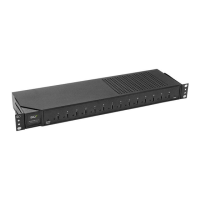Configure Quality of Service (QoS) About Quality of Service (QoS)
Digi TransPort WR Routers User Guide 504
About Quality of Service (QoS)
The Quality of Service (QoS) functionality allows prioritizing different types of IP traffic. Generally,
networking devices use QoS to ensure that low priority applications do not use most of the available
bandwidth to the detriment of those having a higher priority. For example, this might mean that
EPOS transactions carried out over XOT are prioritized over HTTP-type traffic for internet access.
Without some form of QoS, all IP packets are treated as equal, such as there is no discrimination
between applications.
In the web interface, Quality of Service is configured on the Configuration - Network > QoS page.
The IP packet Type of Service (TOS) field indicates how to prioritize a packet. Using the top 6 bits of
the TOS field, a router that supports QoS will assign a Differentiated Services Code Point (DSCP)
code to the packet. This may take place within the router when it receives the packet or another
router closer to the packet source may have already assigned it. Based on the DSCP code, the router
will assign the packet to a priority queue. There are currently four such queues for each PPP
instance within the router. Each queue can be configured to behave a particular way so that packets
in that queue are prioritized for routing according to predefined rules.
There are two ways to implement priority:
▪ Configure a priority queue to allow packets to be routed at a specific data rate (providing that
queues of a higher priority are not already using the available bandwidth).
▪ Have the router use Weighted Random Early Dropping (WRED) of packets as queues become
busy, to get the TCP socket generating the packets to back off its transmit timers. This prevents
the queue overflow, which results in dropping all subsequent packets.
QoS is a complex subject and can have a significant impact on the performance of the router. For
detailed background information on QoS, see the IETF document RFC2472, Definition of the
Differentiated Services Field.
In Digi TransPort routers, the classification of incoming IP packets for the purposes of QoS takes
place within the firewall. The firewall allows the system administrator to assign a DSCP code to a
packet with any combination of source/destination IP address/port and protocol. Details of how
this is done are given in the section on firewall scripts.
When the routing code within the router receives an incoming packet, it directs it to the interface
applicable to that packet at that time (this is the case whether or not QoS is being applied). Just
before the packet is sent to the interface, the QoS code intercepts the packet and assigns it to one of
the available priority queues (currently 10 per PPP instance) based on its DSCP value.
Each priority queue has a profile assigned to it. This profile specifies parameters such as the
minimum transmit rate to attempt, maximum queue length, and WRED parameters.
The packet is then processed by the queue management code, and either dropped or placed in the
queue for later transmission.
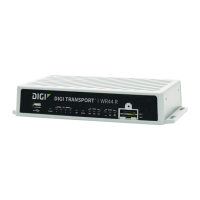
